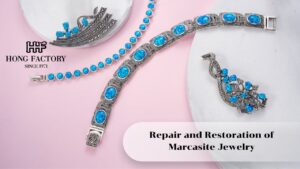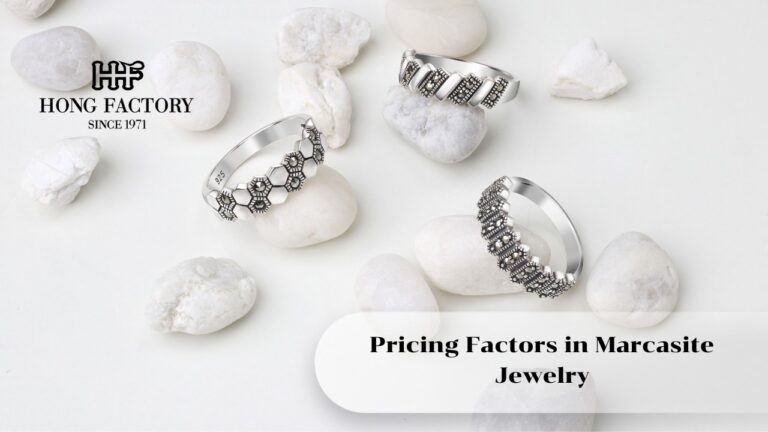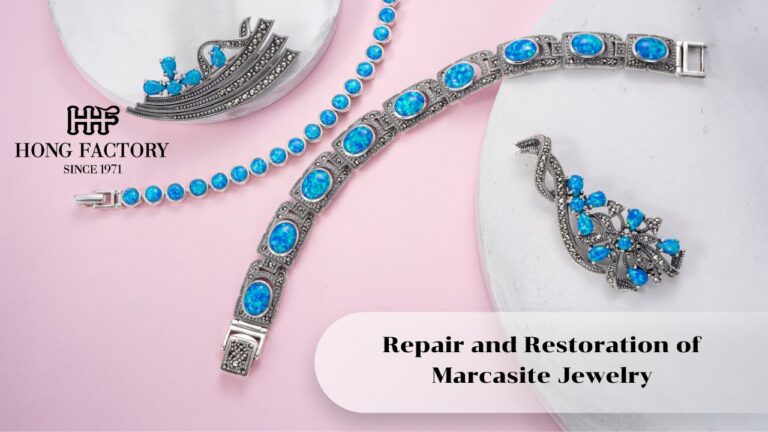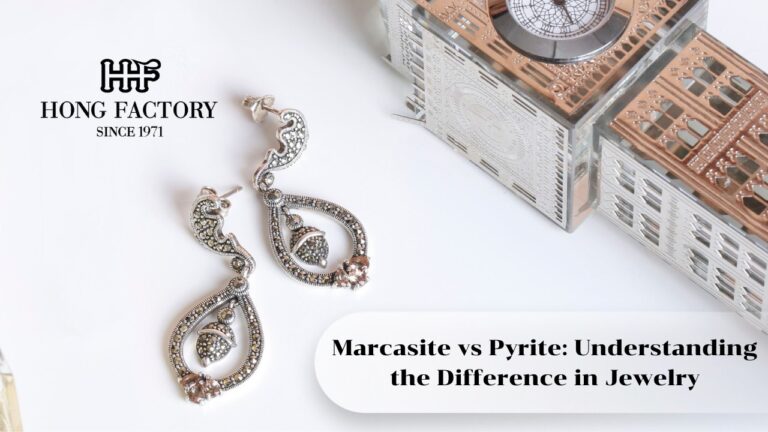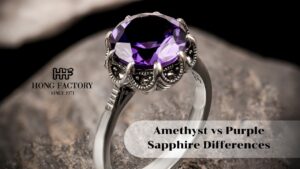
In the world of jewelry production, timing is everything. Whether you’re a boutique brand placing your first OEM order or a seasoned retailer scaling up,
understanding the manufacturing timeline can help you plan smarter, avoid delays, and build better relationships with your supplier. Jewelry Manufacturing
Here’s a step-by-step breakdown of what happens from the moment you request a sample to the day your bulk order ships plus tips for maximizing efficiency at every stage.
From Sample to Scale: The Jewelry Manufacturing Timeline Explained

1. Design & Development (1–2 weeks)
This is where your idea takes form.
What Happens:
- You provide sketches, mood boards, or reference samples
- The supplier refines the design using CAD or hand drawings
- Material sourcing (e.g., silver, stones, findings) is reviewed
Your Role:
- Be clear on specs: dimensions, stones, finishes, budget
- Provide feedback quickly to avoid back-and-forth delays
2. Prototyping & Sample Creation (2–3 weeks)
This phase turns designs into physical reality.
What Happens:
- Master molds are created for casting
- A sample is cast, set, polished, and finished by hand
- Sample is shipped to you for review
Your Role:
- Evaluate quality, comfort, and scale in person
- Approve or suggest adjustments (limit to 1–2 revisions to stay on track)
Tip: If you need multiple SKUs, request all samples at once to streamline feedback.
3. Sample Approval & Order Confirmation (1 week)
Once your sample is finalized, production planning begins.
What Happens:
- You confirm quantities per SKU, sizing breakdown, and plating preferences
- Final pricing and lead time are locked in
- Deposit is paid (typically 50%)
Your Role:
- Confirm all details in writing (email or invoice confirmation)
- Send any packaging or branding materials if using custom inserts
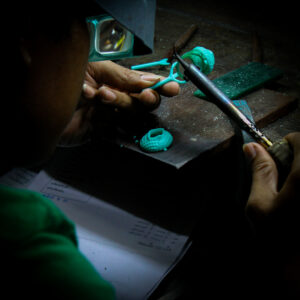
4. Bulk Production (3–6 weeks)
The real work begins.
What Happens:
- Mold duplication and casting for each SKU
- Stone setting, polishing, plating, and quality control
- Assembly and final inspections
Timelines vary based on:
- Order volume
- Number of SKUs
- Customizations (e.g., hand-setting, engraving)
Your Role:
- Stay in touch for production updates
- Be prepared for mid-stage questions (e.g., ring sizes, logo placement)
5. Quality Control & Finishing Touches (1 week)
Before shipment, your supplier performs checks to ensure:
- Accurate quantities and sizes
- Stone setting consistency
- Polish, plating, and engravings meet standards
- Packaging matches order requirements
Your Role:
- Provide any last-minute packing instructions or barcodes
- Review QC photos or reports if requested
6. Final Payment & Shipping (1 week)
What Happens:
- You review and approve the order for shipment
- Final payment is made (usually remaining 50%)
- Products are packed, labeled, and shipped with documentation
Shipping options vary:
- Express (DHL, FedEx): 3–7 days
- Air cargo: 7–10 days
- Sea freight: 3–5 weeks (for large-volume orders)
Your Role:
- Choose shipping method based on urgency and budget
- Track delivery and prepare your team for receiving
Pro Tips to Save Time & Stress
- Consolidate Communication: Use one platform for all design feedback and approvals
- Plan Seasonally: Place orders 3–4 months ahead of key selling periods
- Request Production Updates: Biweekly check-ins help resolve issues early
- Build a Long-Term Partnership: Repeat clients often get priority scheduling and better terms
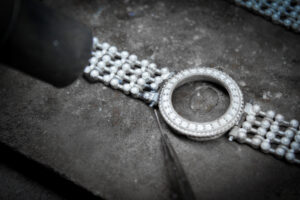
Time Is Part of the Craft
Jewelry manufacturing isn’t just about materials it’s about precision, people, and planning. When you understand the timeline, you set better expectations for your team, your customers, and your growth.
From sample to scale, every week counts. But when done right, every piece you receive reflects not just your brand’s vision but the care and timing it takes to make it shine.


